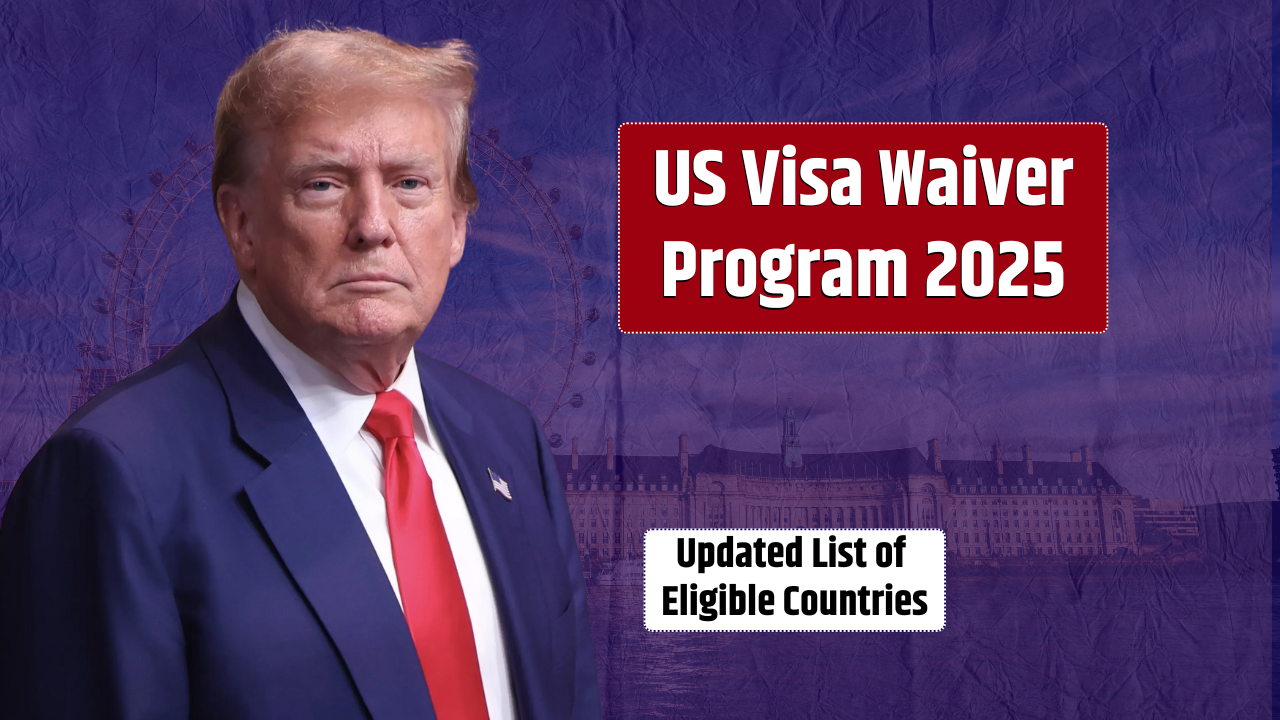In today’s interconnected world, safeguarding national infrastructure requires more than just government oversight—it demands a collaborative effort between public institutions and private enterprises. From cybersecurity to energy grids and transportation systems, public-private partnerships (PPPs) have become a vital strategy for addressing complex risks, fostering innovation, and ensuring rapid responses to evolving threats.
Table of Contents
The Need for Public-Private Collaboration
Critical infrastructure—such as power plants, water systems, telecommunications, and transportation networks—is often operated by private companies. Yet, these systems serve the public and are essential for national security, economic stability, and daily life. As threats like cyberattacks, natural disasters, and geopolitical tensions intensify, government agencies increasingly rely on private-sector innovation and agility to build more resilient systems.
Public-private alliances allow for the pooling of resources, expertise, and technology. This shared responsibility helps mitigate vulnerabilities while ensuring continuity of operations across sectors.
Key Areas of Cooperation
1. Cybersecurity
Cyber threats remain one of the most pressing concerns for national infrastructure. Private companies often manage vast amounts of sensitive data and network systems, making them prime targets. Governments, on the other hand, can provide intelligence, threat assessments, and coordination frameworks.
Joint initiatives like the U.S. Cybersecurity and Infrastructure Security Agency (CISA) foster real-time data sharing and offer cyber defense support to businesses and local governments.
2. Energy and Utilities
The energy sector is particularly susceptible to attacks and disruptions. Public-private alliances play a crucial role in maintaining grid stability and advancing clean energy technologies. Government subsidies and regulatory frameworks often support private innovation in grid modernization, battery storage, and renewable energy projects.
3. Transportation and Logistics
Transportation systems are essential to economic mobility and emergency response. Airports, railways, and shipping ports are often operated by private firms but regulated by public authorities. PPPs help modernize infrastructure, introduce smart logistics technologies, and ensure disaster recovery capabilities.
Benefits of Public-Private Alliances
| Benefit | Description |
|---|---|
| Shared Risk Management | Both sectors distribute financial and operational risks more effectively. |
| Faster Innovation | Private firms introduce emerging technologies more quickly. |
| Resource Optimization | Combines public funding with private efficiency and innovation. |
| Improved Resilience | Joint planning helps create stronger responses to emergencies. |
| Workforce Development | Cross-sector training and development boost skills and preparedness. |
Challenges and Solutions
Despite their advantages, PPPs face several challenges:
- Trust and Communication: Differences in organizational culture and priorities can create friction. Regular collaboration and transparency are key.
- Data Sharing Limitations: Legal and privacy concerns can hinder information exchange. Clear regulatory frameworks and encryption solutions help bridge this gap.
- Accountability and Oversight: Ensuring that both sectors meet their responsibilities requires well-defined contracts, performance metrics, and third-party audits.
Governments can incentivize participation through tax credits, grants, and risk-sharing mechanisms that make collaboration more attractive to private companies.
Real-World Examples
- National Grid and Private Cybersecurity Firms: In the UK and U.S., electricity operators work with private cybersecurity firms to monitor and defend against online threats in real time.
- Port Modernization Projects: The Port of Los Angeles has collaborated with tech companies to implement digital tracking systems and automation to increase supply chain efficiency.
- COVID-19 Response: Public health infrastructure relied heavily on private logistics and pharmaceutical companies to distribute vaccines and medical supplies.
By learning from these examples, countries can scale successful models across different sectors.
In an age where national infrastructure faces unprecedented challenges, the synergy between public and private entities has become not just beneficial but essential. Through strategic partnerships, nations can secure critical systems, accelerate innovation, and prepare for the uncertainties of tomorrow.
FAQs
What is a public-private partnership (PPP)?
A PPP is a cooperative arrangement between government agencies and private-sector companies to fund, build, or manage infrastructure and services.
Why is public-private collaboration important for infrastructure?
Because critical infrastructure is often privately operated, joint efforts ensure stronger risk management and faster recovery from disruptions.
What sectors benefit most from PPPs?
Cybersecurity, energy, transportation, healthcare, and emergency management are key beneficiaries.
How do governments encourage private sector participation?
Through incentives like tax breaks, grants, risk-sharing agreements, and streamlined regulations.
Are there risks involved in PPPs?
Yes. These include potential data breaches, accountability issues, and misaligned objectives, which can be mitigated through clear agreements and oversight.














